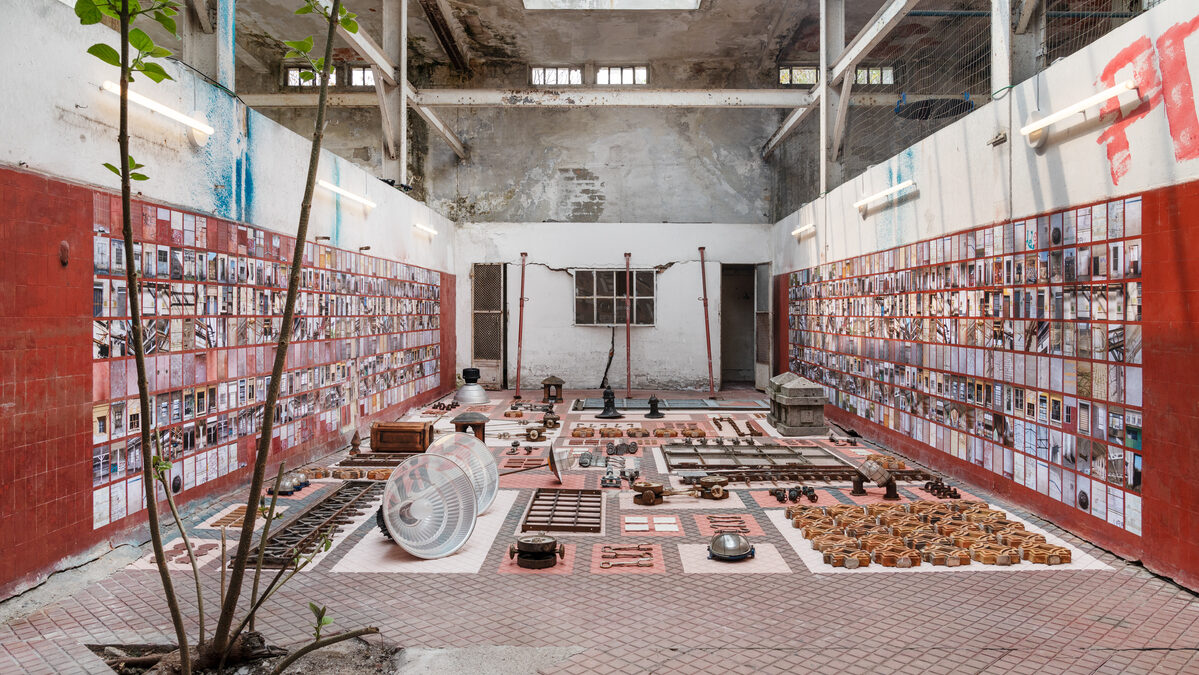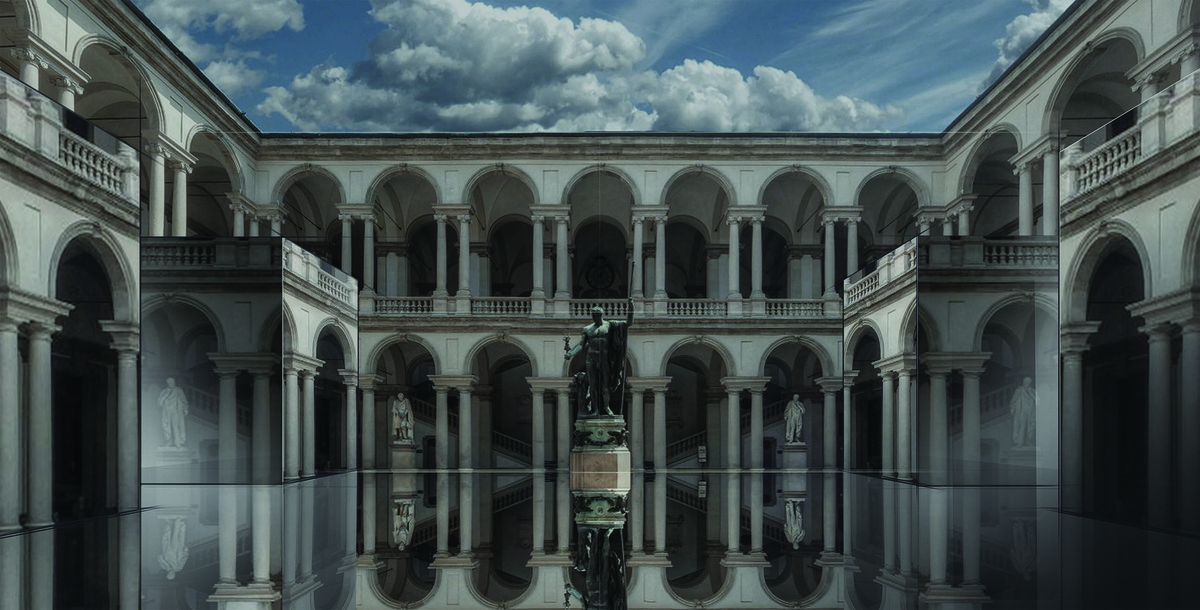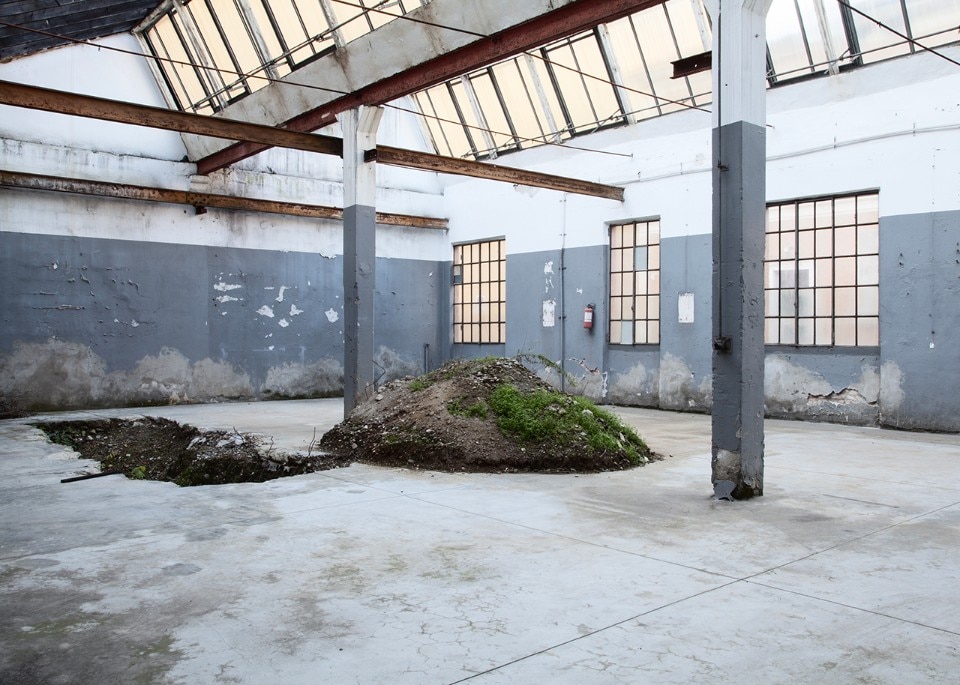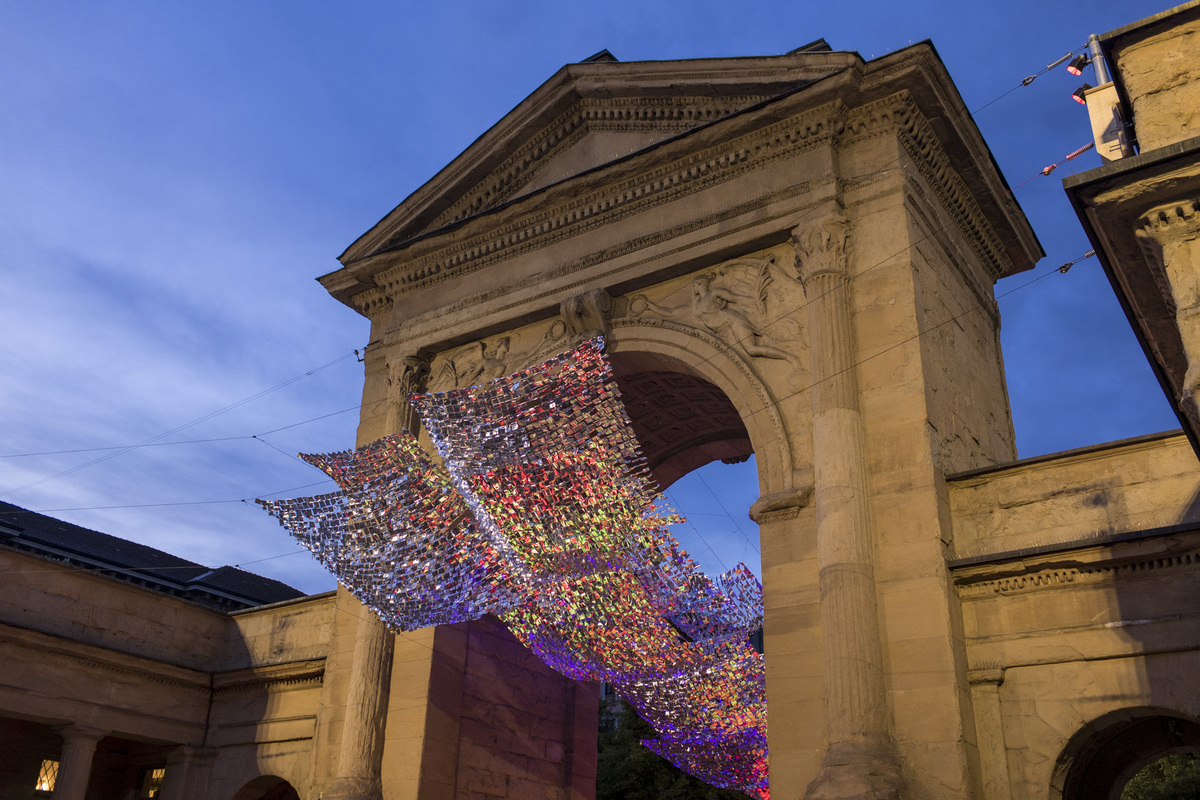
An analysis of the Milano Design Week 2023
We talked about the best exhibitions and products of the Milano Design Week, but what does this 2023 edition tell us? What are the themes that emerge and what awaits us next year?
Cover image Stantec, A Valuable Collection of Things, ph. Agnese Bedini, Piercarlo Quecchia, dsl studio
Half-baked sustainability
We can say that – both because of the trend and common sense – many companies and studios have started to create more and more environmentally friendly and demountable stands and installations. Natural and recycled materials are the protagonists, both in some spaces at the fair and in the settings of the Fuorisalone. Perhaps the slightly less healthy aspect is the use of plants and flowers which every few days, to avoid a funereal effect, as soon as they begin to fade and wither are thrown away and bought back.
Arriving at the exhibition/installation space, the problem remains – at times – the need to give the visitor gadgets and communication material: tote bags, catalogues, posters… Shouldn’t we start proposing new environmentally friendly solutions from this point of view too? Possibly avoiding paradoxes such as the water bottle wrapped in plastic or the synthetic fabric tote bag.
From the point of view of the product, however, there are a few environmentally friendly solutions. It’s difficult to make one’s production method sustainable at just a year’s notice. Some companies are trying to, updating components or re-editing pieces already on the market.
The main problem is that everyone necessarily wants to be sustainable. This is the reason why some of the projects exhibited at the Salone and at the Fuorisalone lacked in transparency: for example, a sofa can be covered with a recyclable fabric, but what is the upholstery like? How much energy is used to produce a piece? What is the life span of the product and, above all, how are the components disposed of at the end of this time? The same goes for searches for new materials. The time has come to address these questions more seriously, but above all in a transparent way.
As we saw with the products mentioned a couple of days ago, sustainability must be 360 degrees: the choice of raw materials, the energy for processing and for transport, the packaging, the possibility of disassembling and repairing components, the product disposal, the choice of merchandising… These are all equally important issues that can no longer be neglected.
c

c
Style Design
Let’s stay on sustainability to talk about a trend that has been going on for years now: we decided to call it Style Design to differentiate it from Design, the real one, which made us fall in love with the Masters and Made in Italy companies a few decades ago.
Probably due to the innumerable crises of recent years, the main tendency of companies is not so much to produce new products as new product variations. From historic pieces to more contemporary pieces, we are increasingly seeing the emergence of new variations in finishes. So we continue to see the best-selling furnishings in all guises: new materials, new shells, new fabrics, new textures. Sometimes an extra pair of armrests or a new outdoor version.
It is a trend that is caused by several factors: there is the need to continue selling products trying to reach as many targets as possible and minimizing production costs – the same chair finished in leather instead of fabric might appeal to a different customer than the first version. It is not a wrong practice but it certainly impoverishes the offer of new ideas presented during design weeks and sector fairs.
As anticipated, there have been several crises – pandemic, economic and military – which have led to serious consequences as regards energy costs for production, the procurement of raw materials, delays in deliveries… It is simply one of the possible solutions to the problems of recent years (such as the re-edition of historical products by brands).
c

c
Spaces for the Milano Design Week, spaces taken away from the city
As always, the event opened exceptional spaces to the public: the former slaughterhouse of Porta Vittoria, the beautiful Palazzo Orsini in via Borgonuovo, Palazzo Borromeo d’Adda, Università Statale di Milano… A new location is added every year, perfect for the Wow effect, but how much does it cost the city?
If we start from a few years ago, more precisely from Ventura Projects in the Lambrate Design District, the words of Margriet Vollenberg, founder of Organization in Design and Ventura Projects, make us understand the relationship between the event and Milan. Recounting why Ventura Lambrate had been cancelled, she said: “Some of the spaces that we have used for several years are now no longer available because they are rented out on a long-term basis, which is a natural process of course, but we have also seen that they have become more expensive. At one point it became impossible for the type of exhibitors we wanted to bring to Ventura Lambrate.”
The event attracted such attention in the neighborhood that the real estate market raised its prices, thus losing one of the reasons why it was absolutely necessary to go to Lambrate, Ventura and its exhibitors: schools and young designers.
Let’s take a look at Alcova, then. Also famous for its ability to open abandoned places not normally accessible to the public, “Alcova takes place into a wider context of real estate speculation”, as Andrea Bagnato writes for The Architect’s Newspaper.. The article highlights how the event is often linked to privately financed investments. It took place for two editions (until 2019) in a former pastry shop in the north-eastern part of the city, an area occupied by abandoned industrial buildings (former panettone factory) where an urban “regeneration” project has been underway since 2021 for the creation of a new residential complex. In 2021 and 2022 the event moves to the former military hospital of Baggio: in 2018 there was a first attempt by the government to sell the space, which failed. In January 2023, a few months after Design Week, they tried again.
This year Alcova took place inside the former public slaughterhouse in the Calvairate district. The space is part of a “regeneration” project which, according to the technical report of the plan, will see the construction of 35 new buildings up to 8 floors high, for a total of approximately 120,000 square meters of new built area, plus 1,400 underground parking spaces. Perhaps the strangest thing for an event that wants to create culture was defining this location as new and exciting when, a few hundred meters away, there was the self-managed space of Macao, which paid for its regeneration with an eviction. Here is the full article for more information.
Last but not least, the Brera Academy and the beautiful protest of the students, “Fuorisalone out from our education”, which saw a series of yellow ducks fly from the balconies to “the water surface installation”, in the courtyard of the Academy. As they write on social media, the installation – targeted by ducks – would be a slap in the face to students who use the spaces for training. During the week they have no classrooms available where they can eat and there is only one classroom free where to study (for 5,000 students).
What remains of this Milano Design Week?
While on the one hand there is an increasingly widespread attempt to approach sustainability, on the other it is still not enough and indeed, there is a need for a greater critical point of view and figures who can support professionals in the sector. Next year we will see who will be able to really recycle their space and/or materials.
In general, there is a big problem related to the costs of the spaces (here you can find the prices for 2023) and to the offer of the Milano Design Week. Let’s go back to what Margriet Vollenberg said: if I don’t have a suitable proposal for young designers, how can I give them the opportunity to exhibit? When the prices of spaces and locations continue to rise, how can I guarantee small and medium-sized companies the visibility of a big brand? Likewise, how do I diversify the offer of what I exhibit?
c

